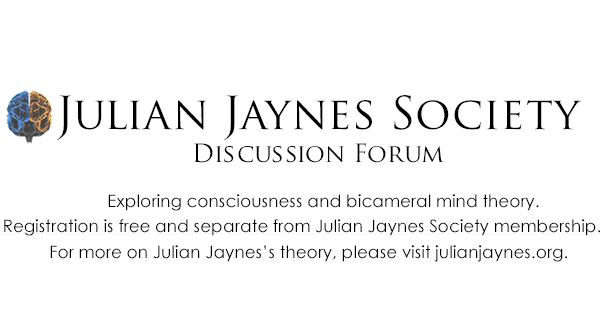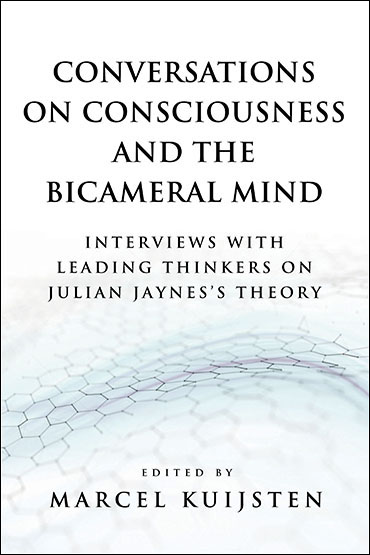The brain is a massively parallel computing machine which means that different areas of the brain process the information independently from each other.
Neurocluster Brain Model shows how independent massively parallel information processing explains the underlying mechanism of previously unexplainable phenomena such as sleepwalking, dissociative identity disorder (a.k.a. multiple personality disorder), hypnosis, etc.
Brief summary of Neurocluster Brain Model
When a man sees new unknown object for the first time then finite number of neurons in the brain (cluster of neurons) stores information about object's model (how the object looks, how the object moves, how the object behaves, etc).
Information about that object is saved not in the whole brain, but only in the finite “piece of the brain” – the evidence for that are experimental data about brain damage – if the brain is damaged in some local area then brain loses information only about some classes of objects, but not about all objects.
The model of the object is stored inside the “piece of the brain” (cluster of neurons) and this neurocluster acts not only as passive “data file” but also under special conditions (during the dream, during prolonged sensory deprivation, during prolonged sleep deprivation, during prolonged fasting, by disturbing the equilibrium of biochemical reactions inside the brain, by using special techniques, etc) this neurocluster can act as “executable file” which can simulate the behavior of stored object for the main personality – this is the underlying mechanism of how religious adepts communicate with spirits/angels/Gods/etc and also the underlying mechanism of other religious and occult phenomena.
More detailed description available at page:
http://neuroclusterbrain.com
The history of Neurocluster Brain Model
Crude incomplete prototypes of Neurocluster Brain Model were developed by the following researchers:
- Julian Jaynes (“Bicameral Mind” Theory);
- Roger Wolcott Sperry (split-brain research);
- Michael S. Gazzaniga (split-brain research);
- Carl Gustav Jung (lectures at the Tavistock Clinic in London in year 1935);
- Marvin Minsky (“The Society of Mind” Theory);
- Ernest Hilgard (“Hidden Observer” Theory);
- Daniel Dennett (“Yes, we have a soul, but it’s made of lots of tiny robots.”);
- Robert Ornstein (“The mind is a squadron of simpletons.”);
- Michio Kaku (analogy of the brain to a large corporation);
- Thomas R. Blakeslee;
- George Ivanovich Gurdjieff (“Man has no individual I. But there are, instead, hundreds and thousands of separate small I’s.”);
- L. Ron Hubbard (“demon is a parasitic circuit. It has an action in the mind which approximates another entity than self.”);
- and others.
More detailed description of history of Neurocluster Brain Model available at page:
http://neuroclusterbrain.com/neuroclust ... story.html
Short glossary of Neurocluster Brain Model
Neurocluster: the piece of the brain, the cluster of neurons composed of finite number of neurons which store information about object's model (how the object looks, how the object moves, how the object behaves, etc).
Main personality: the neurocluster which most of the time has the access to actuators (i.e. neurocluster which most of the time acts upon an environment using actuators).
In the human body the actuators are: hands, feet, tongue, etc.
I.e., the neurocluster which most of the time has the access to the control of hands, feet, tongue, etc – such neurocluster is called the “main personality”.
Other neuroclusters which do not have access to the control of hands, feet, tongue, etc – such neuroclusters are called “autonomous neuroclusters”.
Neuroclusters which have no access at all or which have only short duration and limited access to actuators – such neuroclusters are called “autonomous neuroclusters”.
Glossary of Neurocluster Brain Model is available at the address:
http://neuroclusterbrain.com/glossary.html
Neurocluster Brain Model vs. Julian Jaynes’s Bicameral Mind Theory: similarities and differences
Neurocluster Brain Model is similar to Julian Jaynes's Bicameral Mind Theory because both theories claim that “voices in the head” and hallucinations is the product of the activity of some parts of the brain.
However there differences between Neurocluster Brain Model and Bicameral Mind Theory, as for example:
Neurocluster Brain Model says that this assumption is incorrect, because it can be shown with reproducible experiments (so-called “invocation of spirit” using “needle on the thread” method) that the source of hallucinations can be located in different hemispheres – different “spirits” reside in different hemispheres. Left hemisphere controls right hand, and right hemisphere controls left hand. However experiments show that in the same medium some “spirits” can manifest themselves only via left hand, and other “spirits” can manifest themselves only via right hand, which means that these different “spirits” reside in different hemispheres.http://www.julianjaynes.org/summary-of- ... theory.php
Jaynes theorized that hallucinations in bicameral man originated in the right temporal lobe (area that corresponds to the language areas of the left hemisphere).
Below is the documentary movie in which the dog attacks its own leg because autonomous neurocluster (inside the brain of the dog) is moving the leg. Dog’s main personality is not moving the leg, the leg is moved by autonomous neurocluster and that is the reason why dog’s main personality recognizes this movement as the “enemy”.
During the spiritualistic séances the hand/leg of the medium is moving exactly the same way as in the example with the dog – the hand/leg of the medium is moved by autonomous neurocluster inside the brain of the medium.
Also the same underlying mechanism is in dowsing, psychography, etc.
https://www.youtube.com/watch?v=qvJ-uEEtFaQ
Dog thinks his leg is trying to steal his bone
Length: 1 minute
More movies about dogs attacking own leg are available at the address:
http://neuroclusterbrain.com/dog_attack ... ideos.html


